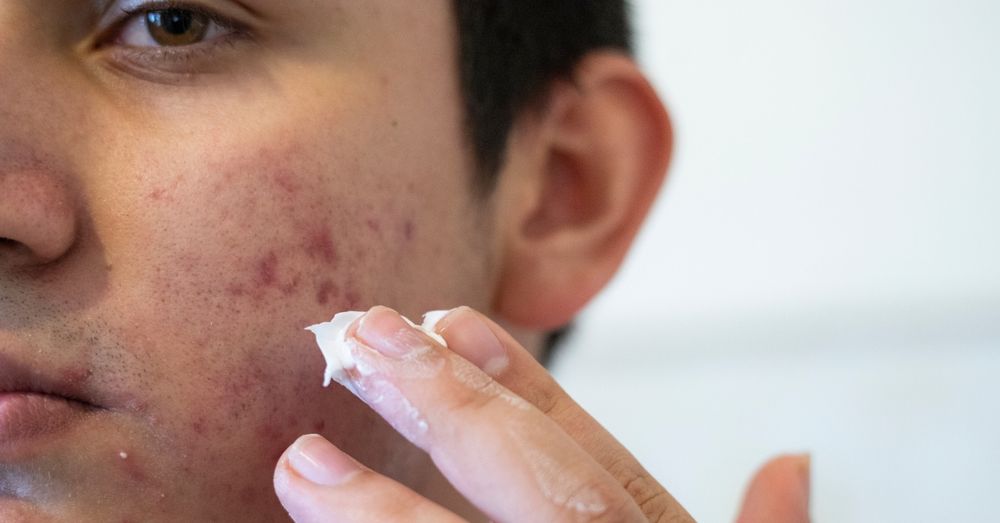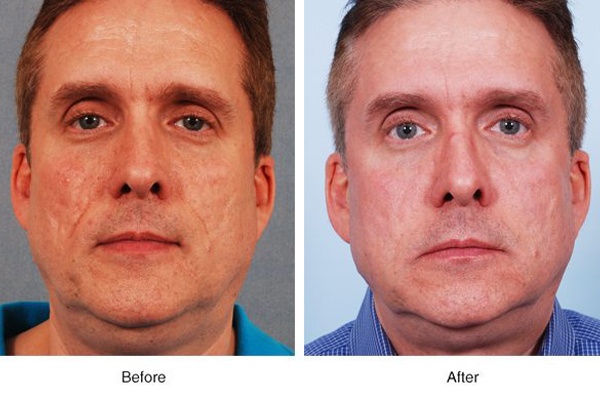Skin Rejuvenation Treatments: Renew Your Skin and Minimize Acne Scars
Skin Rejuvenation Treatments: Renew Your Skin and Minimize Acne Scars
Blog Article
Exploring Skin Problem: Recognizing and Treating Acne Scars for Healthier Skin
Acne scars represent a substantial worry for people looking for to keep healthy and balanced skin, as they can affect both appearance and self-esteem. Comprehending the different sorts of scars, from atrophic to hypertrophic, is vital for establishing proper treatment choices. While expert treatments like chemical peels and microneedling can be reliable, the value of individualized treatment plans can not be overemphasized. Additionally, preventative procedures play a crucial role in lessening future scarring. As we check out these elements, one should take into consideration just how the ideal strategy can result in transformative results.
Understanding Acne Scars

The body's all-natural healing procedure can result in either atrophic scars, which appear as anxieties in the skin, or hypertrophic scars, which are increased and result from overproduction of collagen. Furthermore, the psychological toll of acne scars ought to not be taken too lightly; several people report feelings of embarrassment, anxiety, and lowered self-esteem. This psychological worry can impact social communications and general high quality of life.
Resolving acne marks requires a detailed understanding of their development and influence. Understanding of the capacity for long-lasting effects connected with without treatment marks can motivate people to look for ideal treatments. Early treatment and reliable management methods can significantly improve skin look and boost mental resilience, emphasizing the importance of comprehending the intricacies surrounding acne scars.
Types of Acne Scars
Acne marks can be classified into distinctive kinds, each displaying distinct characteristics and needing details therapy approaches. acne scars. The key kinds of acne scars consist of atrophic, hypertrophic, and keloid marks

Hypertrophic scars, on the other hand, are increased over the skin level and are the result of too much collagen production during the healing procedure. They generally continue to be within the limits of the initial acne sore. Keloid scars are comparable but prolong past the initial injury site, creating larger, elevated locations that can be scratchy or excruciating.
Recognizing these sorts of scars is necessary for selecting suitable therapy choices. Various marks may respond much better to details therapies, such as laser therapies, fillers, or medical interventions, emphasizing the relevance of a customized approach to acne scar administration.
Identifying Your Scars
When assessing the appearance of your skin, it is vital to precisely recognize the type of marks present, as this will educate the most effective treatment approach. Acne marks generally come under 2 groups: hypertrophic and atrophic scars. Atrophic marks, which are one of the most typical, look like clinical depressions or indentations on the skin. These can additionally be identified right into ice-pick scars, boxcar marks, and rolling scars, each showing distinct characteristics and needing different approaches for assessment.
Hypertrophic marks, on the various other hand, are increased and take place due to excessive collagen manufacturing during the recovery process. Identifying the specific functions of your scars-- such as appearance, width, and deepness-- is crucial for proper identification (acne treatment for sensitive skin). In addition, take into consideration the distribution of marks across your skin, as this can show the severity and duration of the acne problem
Engaging with a skin specialist can supply valuable insights into the nature of your marks, aiding in the distinction in between various kinds. A detailed understanding of your marks will pop over to these guys ultimately result in an extra tailored and effective therapy plan, ensuring a clearer and much healthier Web Site skin.
Treatment Alternatives Readily Available
Identifying the particular kind of acne scars present on your skin prepares for checking out reliable therapy choices. Usual types of acne marks consist of atrophic (clinically depressed), hypertrophic (elevated), and post-inflammatory erythema.
For atrophic marks, alternatives such as chemical peels, microneedling, and laser resurfacing are commonly made use of. Chemical peels make use of acids to eliminate the external layer of skin, advertising new cell development. Microneedling involves little needles that develop micro-injuries, boosting collagen production. Laser resurfacing targets damaged skin cells, boosting structure and tone.
Hypertrophic marks can be treated with corticosteroid shots to flatten the scar or laser therapy to decrease redness and improve look. Silicone gel sheets and pressure dressings might also help in handling raised marks.
Furthermore, dermal fillers can briefly complete anxieties from atrophic marks, while surgical excision might be ideal for severe instances. Each therapy choice has its factors to consider and advantages, making it vital to consult with a skin doctor. They can offer individualized recommendations based on the type and severity of your marks, in addition to your skin kind and general wellness.
Tips for Avoidance
Efficient avoidance approaches can substantially minimize the probability of developing acne marks. The very first step is to maintain a consistent skincare routine that consists of gentle cleaning, exfoliation, and hydrating. Making use of non-comedogenic items assists stop clogged up pores, which can intensify acne. Furthermore, incorporating topical therapies consisting of salicylic acid or benzoyl peroxide can efficiently handle breakouts and decrease swelling.
Staying clear of need to select or stand out acne lesions is crucial, as this can cause deeper skin damages and boost the threat of scarring. Instead, think about utilizing a cold compress or over the counter treatments to minimize swelling and redness.
Sun protection is an additional vital element of prevention; ultraviolet (UV) rays can darken marks and prevent the healing procedure. Applying a broad-spectrum sun block with a minimum of SPF 30 daily can protect the skin and advertise even healing.
Finally, Our site keeping a well balanced diet abundant in minerals, antioxidants, and vitamins supports skin health and wellness and recovery. Remaining moisturized and taking care of stress and anxiety degrees can additionally play a considerable function in minimizing acne flare-ups. By implementing these techniques, individuals can substantially reduce their possibilities of establishing acne marks.
Conclusion
In verdict, understanding and recognizing acne scars is necessary for reliable treatment and achieving healthier skin. Numerous kinds of acne scars, consisting of hypertrophic and atrophic marks, necessitate particular treatments customized to private needs.
The body's natural recovery procedure can result in either atrophic marks, which show up as depressions in the skin, or hypertrophic scars, which are elevated and result from overproduction of collagen. They are further divided into three subtypes: ice pick scars, boxcar scars, and rolling scars. Acne scars normally fall into 2 groups: atrophic and hypertrophic marks. These can better be identified into ice-pick marks, boxcar scars, and rolling marks, each showing distinct features and requiring various strategies for evaluation.
Various kinds of acne scars, consisting of atrophic and hypertrophic marks, demand specific interventions tailored to individual demands.
Report this page